
Malayan Tiger Cubs
Here They Grow Page 17
Video page 5



Here They Grow Page 17
Video page 5

STRATEGIC OPERATIONS TEAM
Jeff Ettling, Ph.D., President and CEO
Holly Ellis, Chief Financial Officer
Paula Shields, Chief People and Culture Officer
Nikki Smith, Chief Philanthropy and Community Engagement Officer
David Hagan, Chief Life Sciences Officer
EXECUTIVE COMMITTEE
Lucia Lindsey, Chair
Chuck Ged, Immediate Past Chair
Kelly Coker-Daniel, Secretary
Anne Marie Cushmac, Vice Chair, Governance
Donna Deegan (COJ)
Kelli O’Leary, Mayoral Appointee (COJ)
George Mikes, Treasurer/Vice Chair, Finance
Missy Peters, Vice Chair, Community & Culture
Paula Renfro, Vice Chair, Education
Paul Sandler, Vice Chair, Philanthropy
Karen Estella Smith, Vice Chair, Gardens & Art
Kerri Stewart, Vice Chair, Special Projects & Properties
Salmaan Wahidi, Vice Chair, Animal Care, Conservation & Wellness
John Hayt, Honorary Advisor

GENERAL BOARD
Ken Amaro (COJ, Alternate)
Scott Chamberlayne
Kenyonn Demps
Dan Fields
Mike Gay (COJ)
Wilfredo Gonzalez
LeAnna Gutiérrez Cumber
René Kurzius
Barnwell Lane
Pamela Phillips
Clint Pyle
Param Sahni
Joel Swanson
Scott Witt
HONORARY BOARD
Danny Berenberg
Ivan Clare
Dano Davis
Diane David
Lenore McCullagh
Elizabeth Petway
Herbert Peyton
Clifford Schultz
Frank Surface
Janet Vaksdal Weaver
HONORARY PAST CHAIRS COUNCIL
Martha Baker
J.F. Bryan
Carl Cannon
Howard Coker
Charles Commander
Jed Davis
Matt Fairbairn
Chuck Ged
Joseph Hixon
J. Michael Hughes
Lewis Lee
David Loeb
Richard Martin
Frank Miller
John A. Mitchell
Thomas Schmidt
Bill Rowe
Carl “Hap” Stewart
James Stockton
Penny Thompson
Courtenay Wilson

Native to central Panama, the Panamanian golden frog is an important symbol to Panama’s culture, proudly displayed on clothes, art and even lottery tickets throughout the country. However, there are two species of golden frog, Atelopus zeteki and Atelopus varius, both equally revered. While males and females have similar coloring as adults, females are much larger and spend most of their time in trees until breeding season when they return to streams. Males will wave their hands and feet to attract females. This visual form of communication is called semaphoring. It is believed to have developed in this species due to the loud noises caused by the stream’s currents. They can still vocalize, but since they lack ear drums, researchers hypothesize they sense sound through the vibrations in their lungs. Sadly though, these frogs are considered extinct in the wild due to over collection, agricultural development and the chytridiomycosis fungus, a disease that has wiped out amphibian populations around the world. But with the efforts of AZA institutions and the Survival Species Plan ®*, there is hope for the future of this little golden frog.
The existence of these living frogs gives hope and shows that the AZA SSP is working. While last seen in 2009 and now thought to be extinct in the wild, a species' population is being maintained across various AZA institutions to save these frogs from complete extinction. The eventual goal and hope is the reintroduction of a species back into the wild that can sustain itself at some point in the future.
Frogs (and other amphibians) are important because they are vital to ecosystems. They play a large role in the food chain by keeping pest populations down and being a food source for other animals. They help prevent zoonotic diseases from spreading by eating potential carriers like mosquitos. In earlier stages of their life cycle, tadpoles feed on algae which helps keep waterways clean.
There are reasons to worry for many frog species populations. The chytridiomycosis fungus is of great concern because it causes Chytrid disease in amphibians. It has been negatively affecting populations across the world since the 1970s with key epidemics in the 1980s and 2000s. Some species experienced significant decline and others went extinct.
You are a conservationist! Becoming a Member and participating in Zoo programs and events helps save species like the Panamanian Golden Frog.
The AZA is the Association of Zoos and Aquariums. It is the non-profit organization that accredits facilities in the United States and overseas to meet the highest standards in animal care and welfare. It also supports scientific research, conservation and education programs.
The SSP is the Species Survival Plan ® program. It manages ex situ species populations in conjunction with AZA-accredited zoos and aquariums. Ex situ means “away from the natural location.” The SSP includes breeding and transfer initiatives to support populations goals that are genetically diverse, demographically varied and biologically sound.

Eulemur coronatus
Found in northern Madagascar, the crowned lemur is the only lemur species seen to travel across the deep gorges and sharp ridges of the limestone fields in the Ankarana Special Reserve. However, the crowned lemur’s main habitat is semi-deciduous dry lowlands and all types of forests. Like the blue-eyed black lemur, the crowned lemur is also sexually dichromatic; the males and females each have a distinct color pattern. The males are a reddish-brown color with an orange and black “crown” at the top of their heads while females are mostly gray with an orange “tiara.” These social creatures bond through grooming using their specialized teeth known as a “grooming comb.” As tree dwellers, they have long, non-prehensile tails for balance while climbing. Throughout the day, they will vocalize to keep track of each other while foraging. Mainly frugivores, crowned lemurs will also eat leaves, flowers, insects, eggs or small vertebrates. See if you can spot the crowned lemur among others in the Primate Forest habitat.
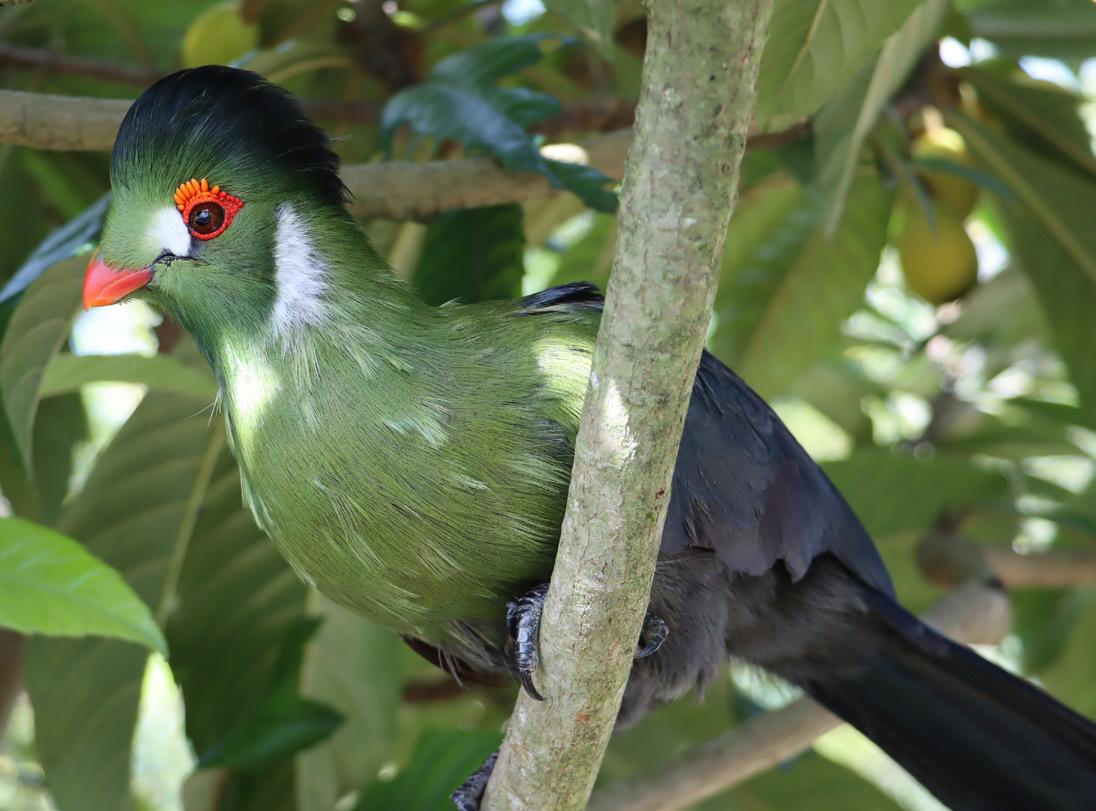
(Tauraco leucotis)
Belonging to the family Musophagidae ( turacos ) and endemic to Ethiopia, Eritrea and Sudan, the white-cheeked turaco prefers to inhabit dense woodlands or along waterways. A unique trait exclusive to this family, and no others in the Animal Kingdom, is the presence of red turacin and green turacoverdin. These organic copper substances are found in their plumage, primarily their nape, crests and wings. A single turaco specimen can yield 8mg of copper and 25mg of pure uroporphyrin. These natural compounds are reflected best in their beautiful crimson feathers, best seen when in flight overhead. However, forest turacos are more likely to bounce and climb throughout the canopies and tend to only fly for short distances. While turacos are considered shy birds who will usually remain hidden in trees all day, that does not mean you might not hear them. Turacos will start the day with a chorus of vocalizations until it’s time to forage for food and will resume right before they roost for the night. See if you can identify this species among the many others we have in the Plains of East Africa aviary near the elephant exhibit.
October–December 2023
Births & Hatches
Acquisitions
Legend: 0.1.2
First digit male
Second digit female
Third digit sex unknown
Two digits only represent male and female
CAPS = Endangered Species
* (Asterisk) = First time at the Zoo
†(Dagger) = Released back into the wild



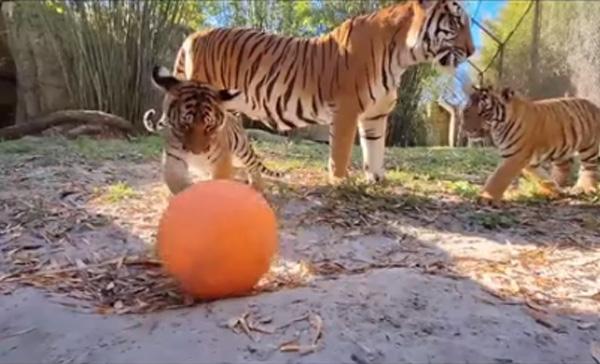

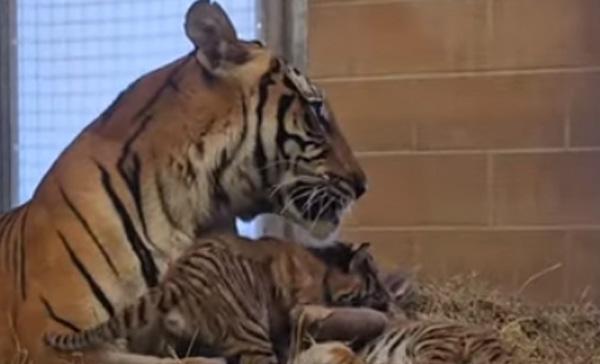
Sound on for chuffs, hisses and growls
Bonobos Love to Paint
Machili 0, Palm 1
The Tiger Cubs' Firest Boomer Ball
MILESTONE ACHIEVED for Banks!
The "Mom Look" Applies to All Species
To see additional videos please visit our YouTube Channel
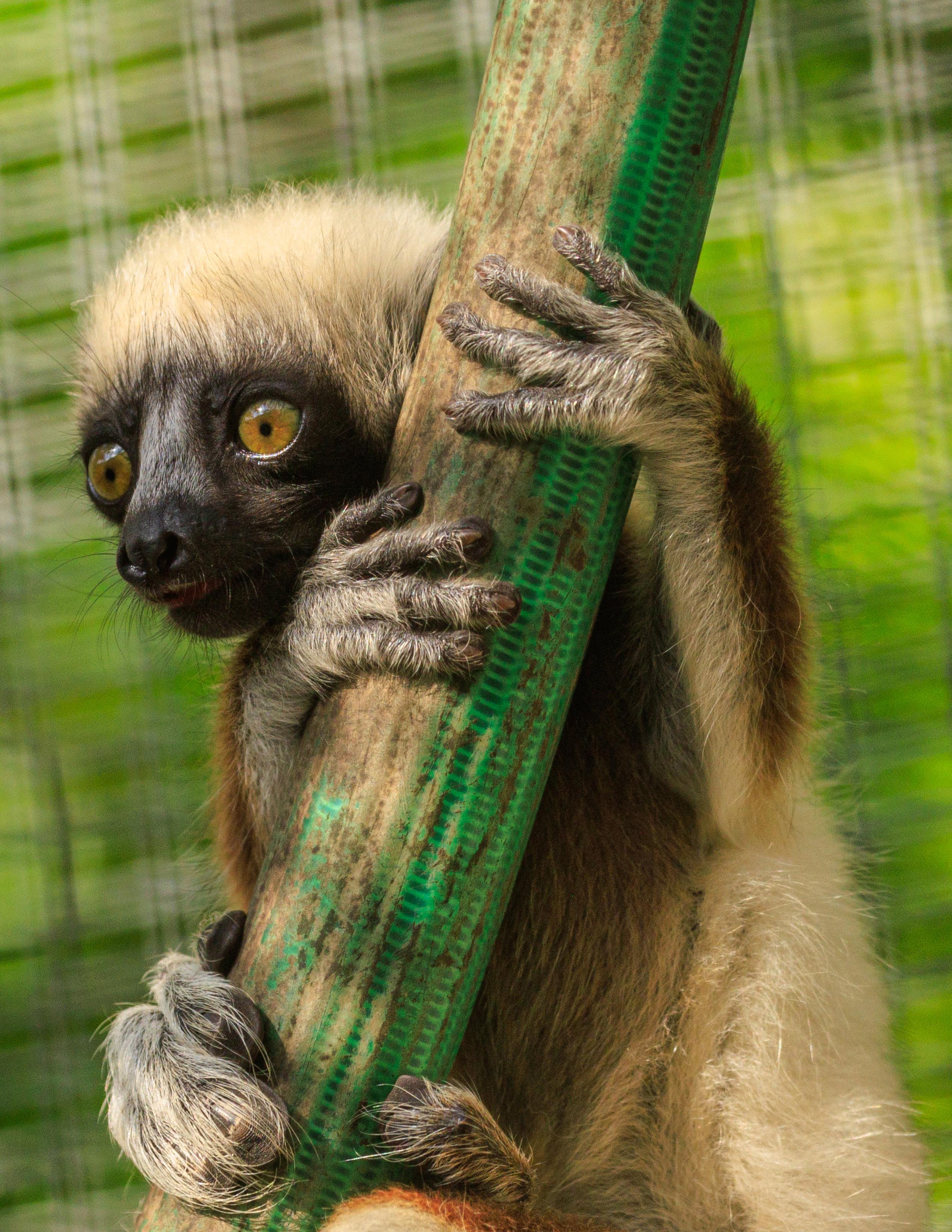

Found only on the island of Madagascar, Coquerel’s sifakas are distinguishable from other primates due their brick-red colored fur on their chest, arms and legs contrasting against the white on the rest of their bodies. Diurnal creatures, their diet consists mainly of leaves, tree bark, fruit, flowers, and on occasion, insects. The Coquerel’s sifaka is famously known for the way they move among the trees and along the ground. Remaining upright, they can propel themselves distances of up to 35 feet from tree to tree. On the ground, their walk is more of a fast, sideways skip on their hindlegs. With arms spread out to maintain their balance, one would almost think they were dancing. The name “sifaka” (pronounced she-FAHK or Suh-faa-kuh) comes from the Malagasy language, which is similar to the sound these primates make as they travel through the trees.
The zoo is home to five Coquerel’s sifakas. Dam Aemilia, sire Gulliver, 2-year-old female Emmett, 1-year-old male Josh and a 3-month-old female infant. Within the family group, led by the dominant female, Ameilia, the social dynamics adhere closely to natural behaviors observed in the wild. Between about 2–5 years of age male and female offspring will emigrate out of the group to maintain genetic diversity and minimizing breeding competition within the group.
Born
January 2, 2023
Habitat
Dry lowland and mixed deciduous forests.
Range
North West of Madagascar, in areas north and east of the Betsiboka River
Conservation Status
IUCN Redlist Critically Endangered Population Trend Decreasing
Photos: John Reed

As part of the Species Survival Plan (SSP) breeding program, each individual's role is carefully considered in the broader context of population sustainability. Emmett's eventual transfer to another AZA institution aligns with the overarching goals of the SSP, facilitating optimal breeding partnerships to ensure genetic health and diversity across participating zoological facilities. For now, you may see Emmett hanging out with our other lemur species at the Madagascar habitat in Primate Forest.

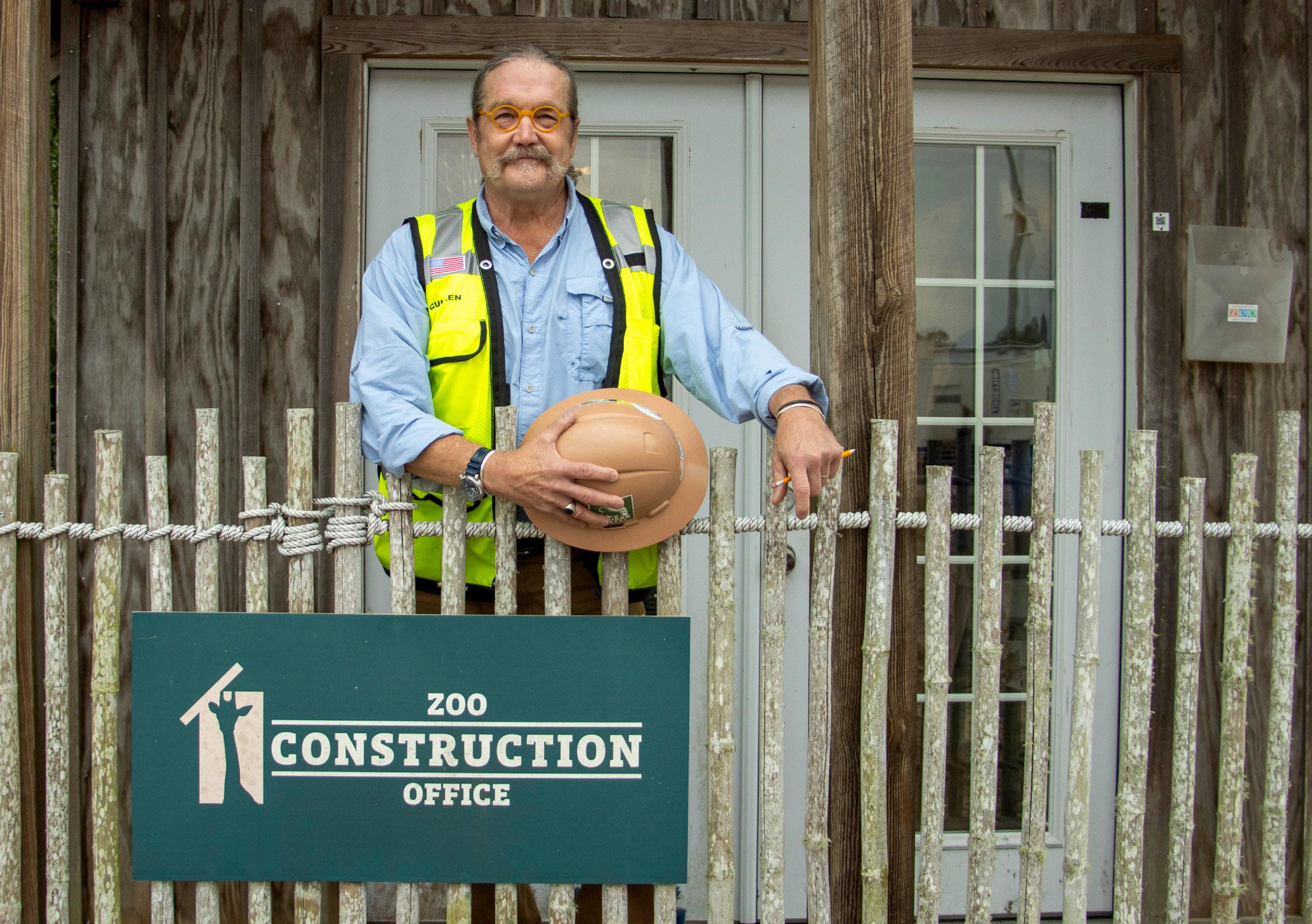
This June will mark twelve years.
Extremely exciting! Once a project commences, I can’t wait to get to the jobsite and sometimes find myself having to throttle back my man-van driving over the Dames Point!
Work on construction sites begins at first light, especially here in the South where summer afternoons bring burdening heat and thunderstorms. The first thing I do is to review my log from the previous day for open tasks or issues to work on and will then write out my task goals for the day. By the time I’ve mapped out my day, the crews
have all started their work, so I’ll go out for the first of many daily project walks. It is during these walks that I’ll observe the work for compliance with the project documents but more so, engage with the crews and listen to their concerns or questions and sometimes point out different means for them to accomplish their scheduled tasks.
I love to hear the words “we’ve got a problem” because it gives the opportunity for me to use my experience (too many years to list) to help them produce a solution. I make a point at the beginning of every project to convey my expectations that good project leaders have the responsibility to seek out issues in the site conditions or design documents and to resolve the issue before the work is put in place. As the saying goes, any half-qualified person
can point to a mistake after the fact. The days usually follow a series of unexpected challenges to the workflow that take my full attention, but I’ll still have to make room for review of submittals, RFI’s and billings along with general communications and direction with my General Contractor.
It’s rare for a commercial construction project to follow the script, but the more involved I can be, the better understanding of the full picture I’ll be able to share with everyone, which makes the entire process more fun than should be allowed.
What were your previous jobs/career paths and how did they lead you here?
Prior to joining the Zoo, I was a partner in a GC/ Development firm for 16 years that specialized in constructing large Marriott branded hotels and resorts across the country along with local projects building condominium towers in Jacksonville Beach and Riverside.
Unfortunately, our business got caught up in the financial mess in early 2009 and not long after completing a hotel on Amelia Island and with no projects in the pipeline, I was forced to let go of my long-term field staff, my friends. I knew I never wanted to be in a position with the possibility of hurting my friends and their families again.
I lived just up Heckscher Drive on Ft George Island at the time so when things began to turn around, I saw the ad for the Zoo Facility Manager position and knew I’d found my next path.
What is your favorite exhibit?
Without a doubt it has to be Primate Forest! Land of the Tiger is a special exhibit and has been honored as such, but it was easy building on untouched land for new animals to the Zoo. Primate Forest was a special challenge to take a loved-but-old and tired exhibit in the heart of the Zoo and transform it into a fully wellness-inspired exhibit where the animals’ spirit takes first priority!
When or how did you first develop an interest in animals/the zoo world/education?
Growing up in Cincinnati, my grandparents had a big tree nursery that was becoming surrounded by suburban neighborhoods, and it just so happened that the Director of the Cincinnati Zoo, Ed Maruska, moved into a new home that backed up to the nursery. It wasn’t long after he moved in that my big brother Brett and I discovered that he brought baby animals home with him and we soon became a fixture hanging over his fence!
Are you native to Florida?
If so, where? If not, where did you grow up? Cincinnati is my hometown, but I’ve had a thing for Florida ever since growing up spending every Christmas vacation camping in
the keys with my family! During my teens, I spent countless hours in the Mid-West Winter Grey dreaming and sketching my future beach house and although later in life than I planned, I finally made the move in the late ‘90s, albeit not to a beach house.
What is your favorite part of your career or what is your most memorable experience at the Zoo (or your old zoo)?
I love learning about the individual animal needs from the keepers and the wellness group and then try to direct design to reflect those needs while placing the guest in the best locations to observe but not overwhelm our charges.
The best moment I’ve experienced was near the completion of the Primate Forest project when the Bonobos were first introduced into the new overhead trail system from the Gorilla night house. When the shift door opened, it didn’t seem that anyone was going to come out but finally a brave one ventured cautiously out into the first 20 feet of the trail. It was then that he/she looked down into the North yard that had been their exhibit home for many years and started screaming, I like to think it was in amazement! Soon they ventured farther out all the time vocalizing and then would go back to the entrance to grab a hand or arm and gently coax another one out! Every one of them seemed amazed when looking down at their old yard. Soon a huge group was out and exploring the trail system and screaming like crazy!
If I remember correctly, the group did not want to shift in and spent the night out in the trail. Think about it, this was their first time experiencing the night skies with all the stars! Gives me goosebumps every time I say that story.
What do you like to do in your free time?
Currently my wife Carolyn and I spend lots of our free time following our son Cooper’s collegiate rowing by going to regattas or in helping with our daughter Shelby’s art exhibit installations. Love to hike, bike, camp and generally spend time outdoors and I’m always drawing something new.
Please share any other comments you would like included in your article (stories, experiences, more about yourself etc.)
My Dad always pushed me and my two brothers to leave things better than you found them. A simple life lesson I’ve passed onto my kids and one I’ve followed while working here at the Zoo. I know in my heart he’d be proud.

As Members of the vibrant and dedicated community that supports the Zoo and Gardens, you are undoubtedly aware of the strides we have made in wildlife conservation, education and community engagement. A hidden gem exists within our initiatives that directly support these efforts: our Bricks and Benches program. This unique program is more than just an opportunity to leave a lasting mark within our Zoo; it is a testament to the enduring spirit of our community and their unwavering commitment. By participating in the Bricks and Benches program, Members like you ensure our ability to connect communities with wildlife and wild places for generations to come.
Imagine immortalizing your connection to our Zoo by purchasing a personalized brick that is prominently displayed along our pathways. These bricks become a tangible representation of your support for wildlife conservation and education, creating a legacy that resonates with every visitor.
Whether you choose to engrave your family name, celebrate a special occasion or dedicate a brick to a cherished memory, each purchase directly contributes to our fundraising efforts. This financial support is invaluable, helping Jacksonville Zoo and Gardens provide exceptional animal care, maintain award-winning gardens and continue engaging educational programs.
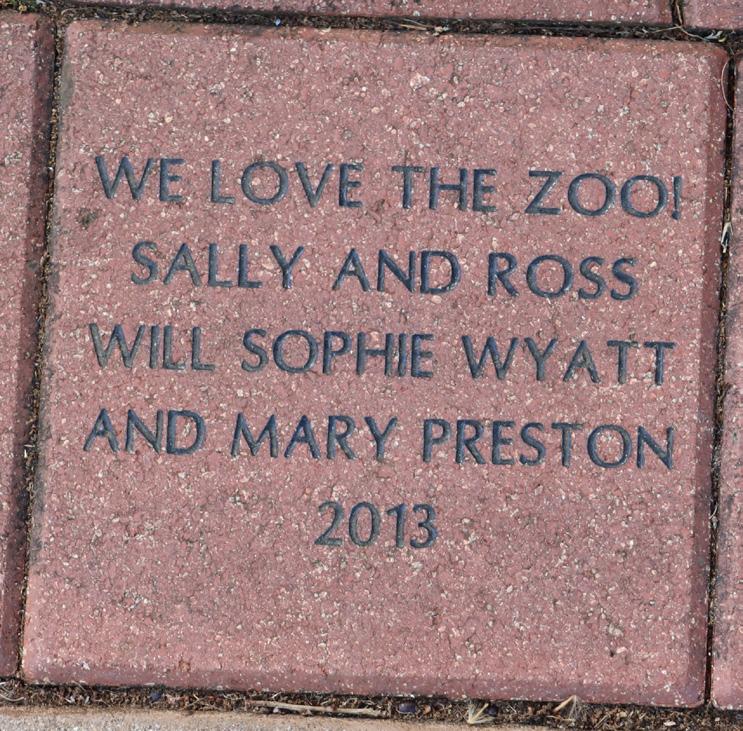
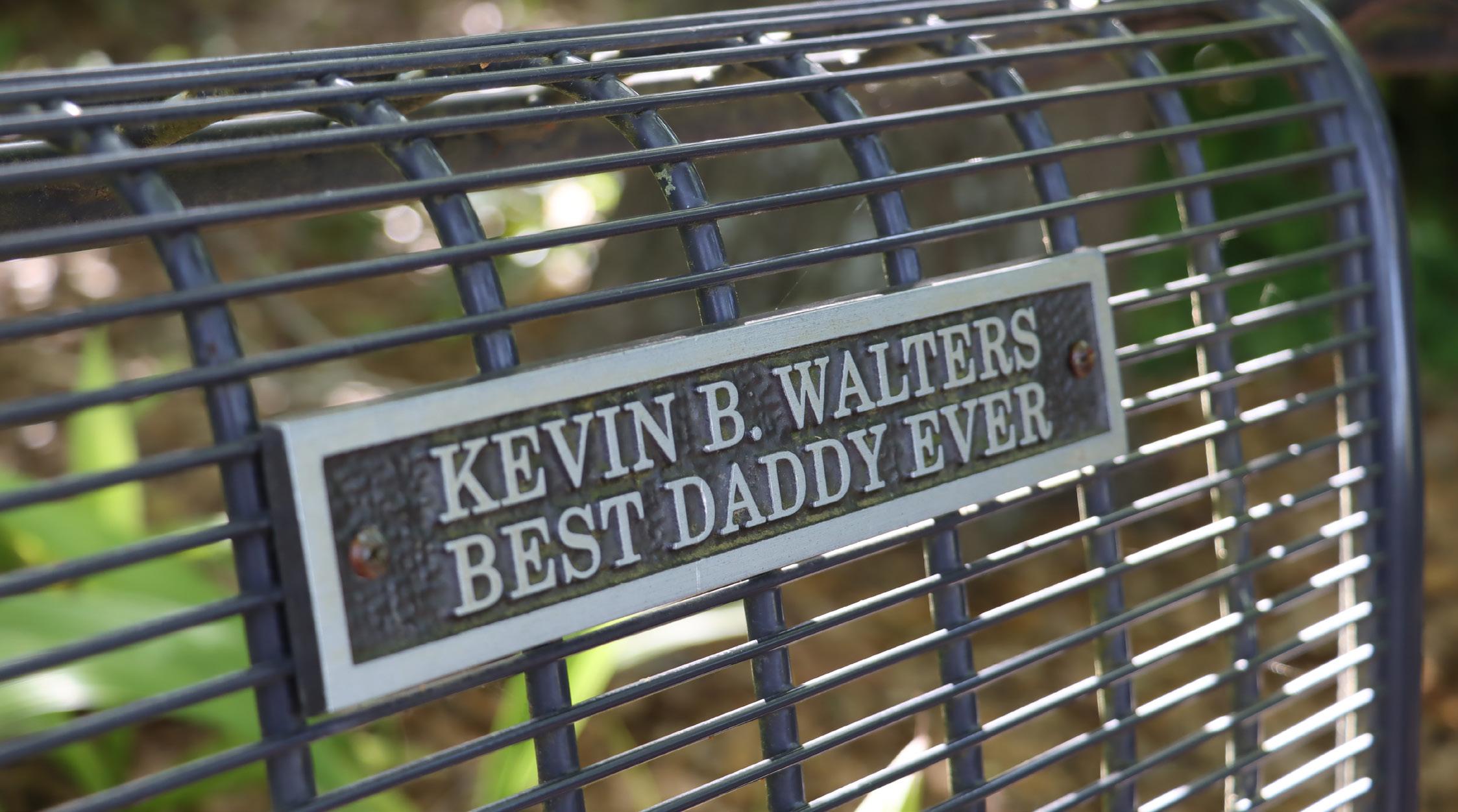
In addition to personalized bricks, benches offer another unique way to contribute to our mission while creating a comfortable and inviting space for fellow visitors to enjoy. These benches become more than just places to rest; they become symbols of community, compassion and commitment.
Benches receive a mounted recognition plaque, allowing you to engrave a special message as well. Your choice to sponsor a bench ensures that the Zoo remains a welcoming haven for wildlife enthusiasts.

Participating in Bricks and Benches program is a straightforward process. Interested Members can visit jacksonvillezoo.org/memorial-tributes for more information. Choose your preferred option, customize your dedication and leave a legacy that will resonate for years to come.
As Members of Jacksonville Zoo and Gardens, you are not merely visitors; you are an integral part of our community. Join us in celebrating our shared commitment to Jacksonville Zoo and Gardens by leaving your mark –brick by brick and bench by bench—and help build a legacy of conservation, education and community.


You may have dined at the Palm Plaza restaurant in Range of the Jaguar before, but did you know you were mere feet from an actual jaguar? The beautiful wall of windows on the west side of the cafe is also one border of the current home for Harry, our adult male jaguar. He likes the cool shady area and nearby doorway, so it is quite possible you can enjoy his company while enjoying a snack.


While the Zoo showcases species from all over the world, Florida teams with wildlife right in our midst! Each spring over the last few years, Wood Storks have chosen to make their nests right on the African Loop — you can see the circle of life up close in this impromptu rookery. Other native visitor sightings might include local turtles, gators and egrets.
Our colorful carousel offers a delightful experience for both adults and children. The merry-go-round motion provides a classic and enjoyable ride for everyone. The option for adults to sit on the bench seat allows them to relax and enjoy the ride at a steady pace.
For children who prefer a more stable experience without the ups and downs, the giraffe is an excellent choice. Its steady and solid nature provides a comfortable ride for young ones who may not enjoy the more dynamic movements of the other carousel animals.
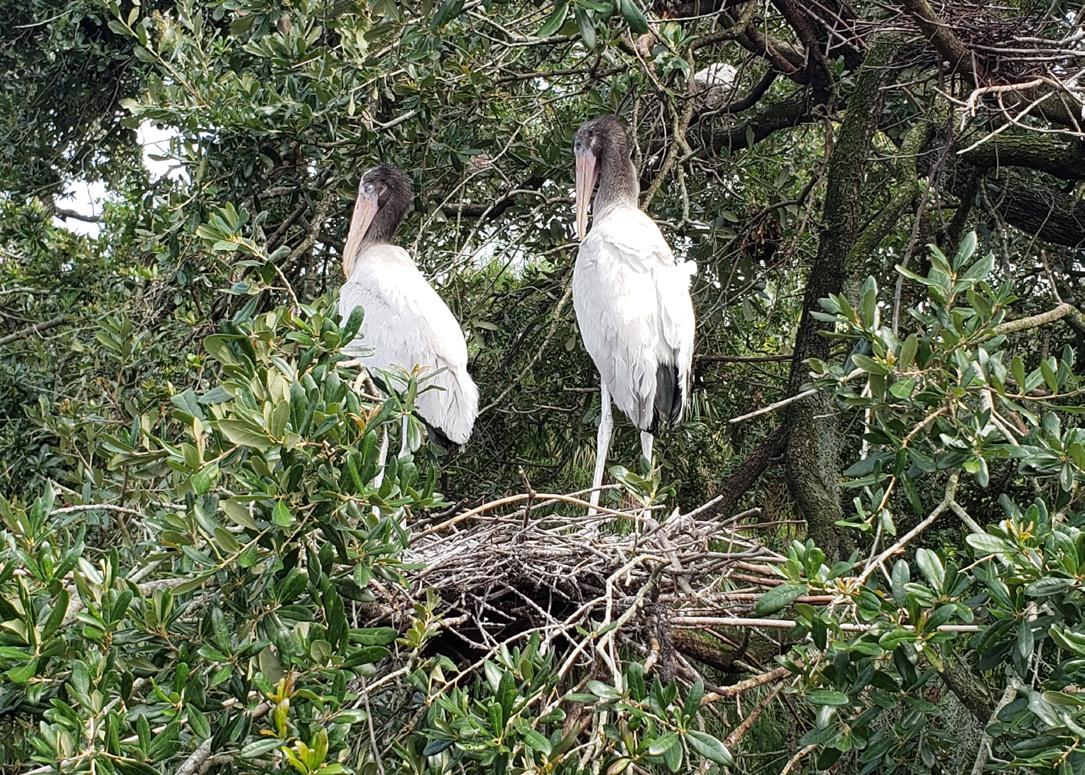

There are three very special reasons to visit the Zoo right now. Malayan tigers Mina, Machli and Beppy were born last November and have now begun to explore their habitat with mom Cinta. Once you've watched the trio tumble and play, stop by the Mombasa Gift Shop on the way home to grab your own tiger by the tail!

Stop, look and listen when you reach our Asian bamboo gardens! Peer in the leafy windows for an enticing preview of the peaceful grounds.
We keep our inventory conservation-friendly and up to date with the latest happenings at our Zoo and Gardens.

Stroll through, stopping for some moments of reflection at any of the benches along the way. Don't forget to stand beneath the center of the arch as you exit—speak aloud and hear your own echo.
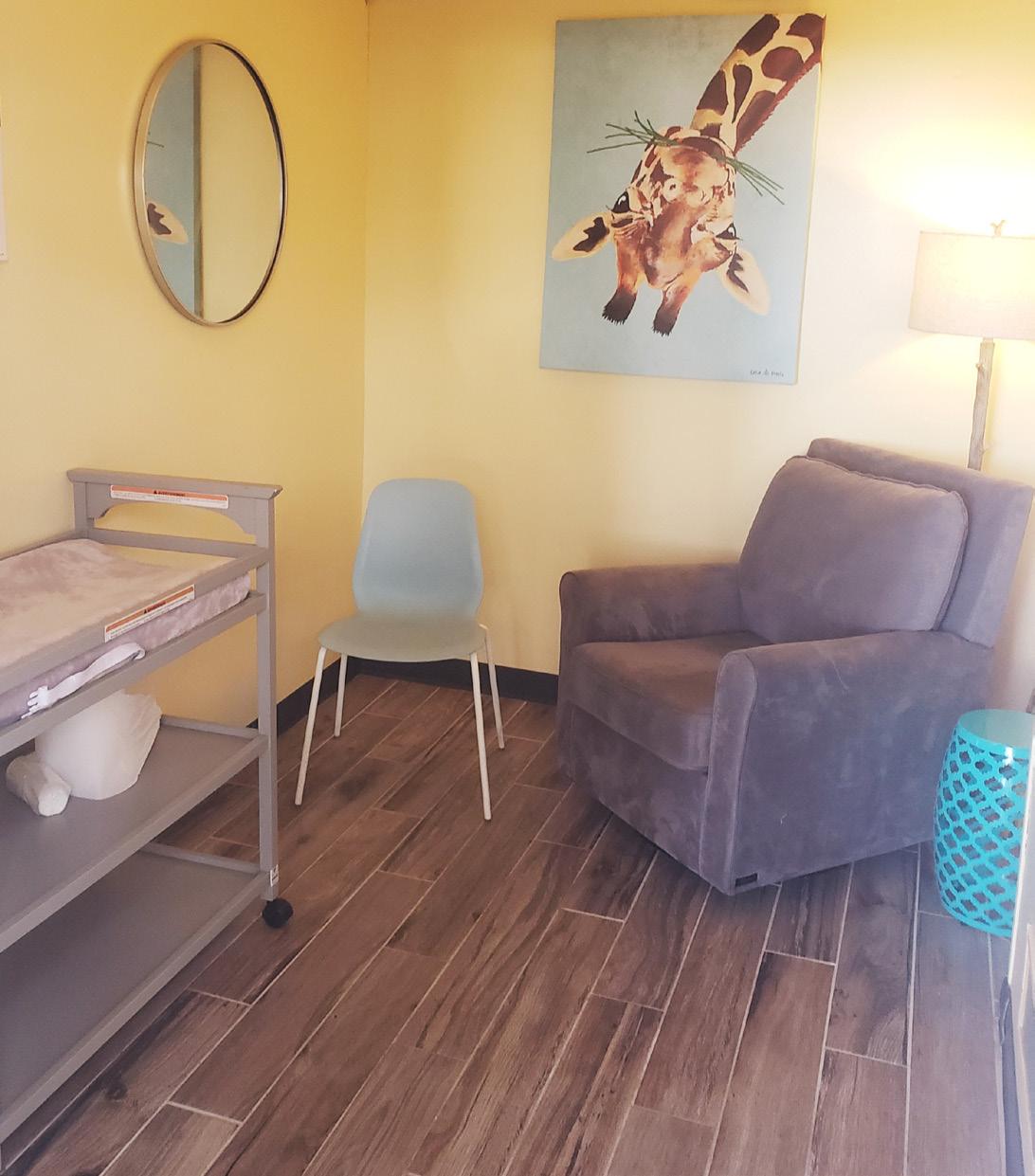
New moms can rest assured that a quiet, private room is available for nursing while visiting. Located in the Trout River Courtyard, this cozy nook has been especially set up for tending to baby, with your comfort in mind.
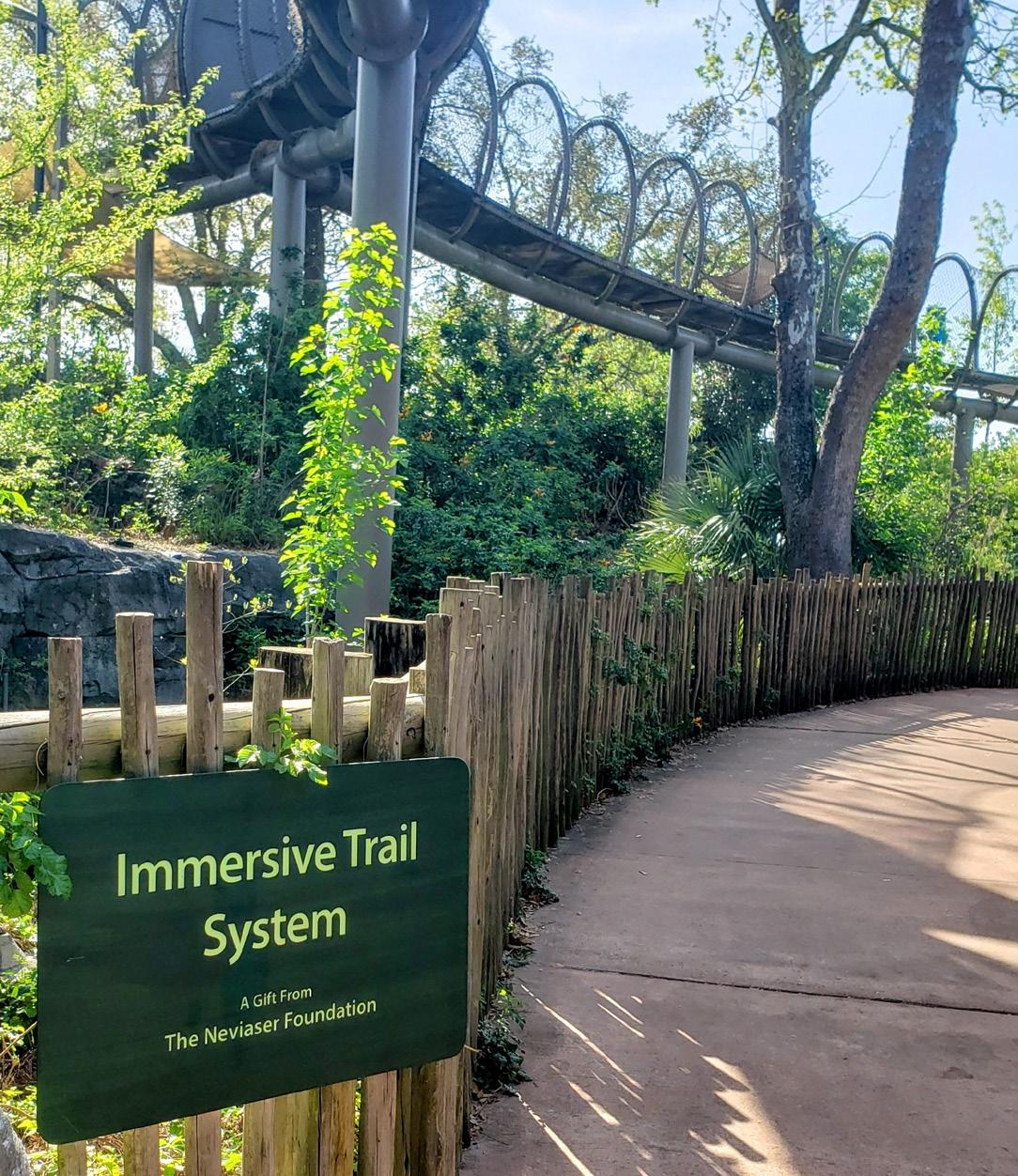
That tree may look awfully tall but continue on the path through Primate Forest and you'll see that the path rises up around the bend for a view of our Bonobos or Mandrills that you'll never forget.
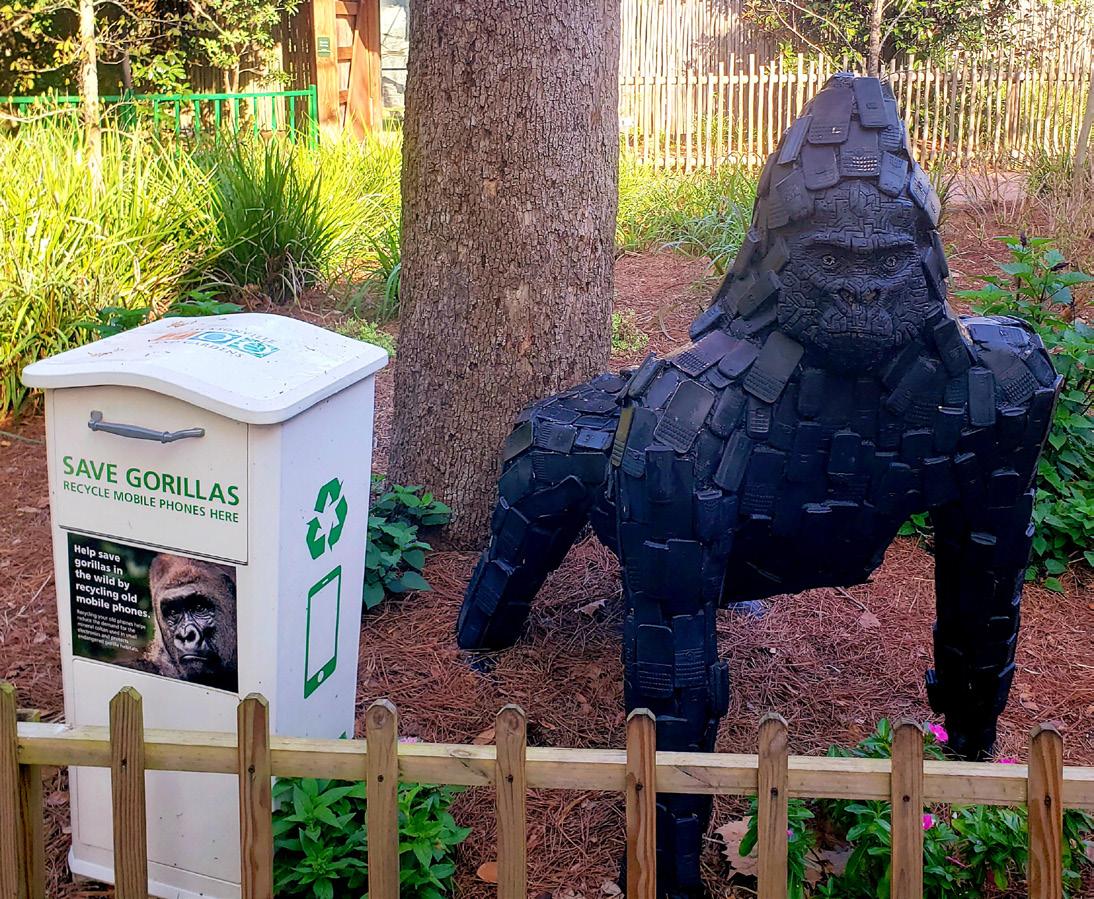
For guests, (aka conservationists) on the practical side— clean out your old devices for a cause on your next Zoo visit. We were named one of the top 20 Eco-Cell Gadget Recyclers for Gorillas on the Line last year. Worldwide, the group collected 35,174 devices and raised $28,337 toward gorilla conservation efforts in 2023. You can deposit any devices you no longer need at the box just across from our gorilla habitat in Primate Forest.
As a Member, you help us support Gorilla Rehabilitation and Conservation Education (G.R.A.C.E.) —Grauer’s Gorilla. Located in the Democratic Republic of the Congo, GRACE is the world’s only sanctuary for critically endangered Grauer’s gorillas.
Financial support from Jacksonville Zoo and Gardens has allowed for the expansion of conservation education and engagement for schools in Bunyatenge and Muhanga. This involved the recruitment of three additional GRACE educators, as well as organizing conservation gatherings and conducting preliminary evaluation assessments within the community.
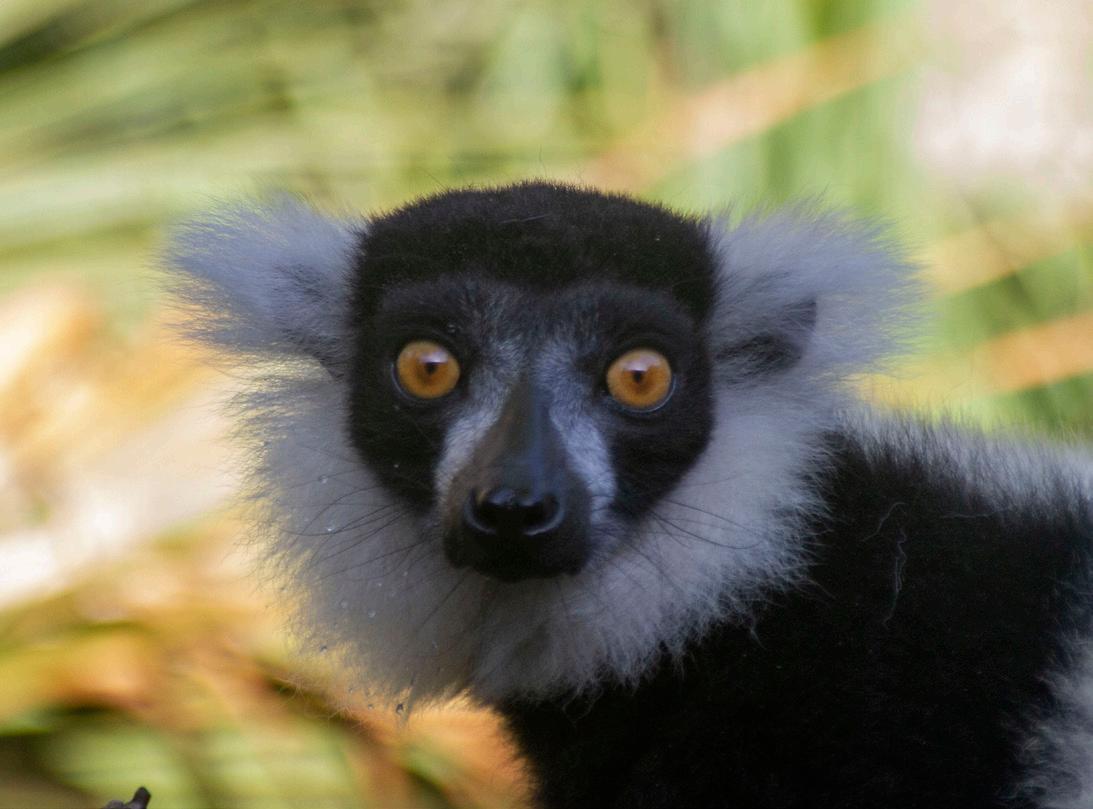
Our commitment to conservation extends beyond our exhibits. Through our C onservation A dvisory R esearch and E vents (CARE) Committee, we facilitate impactful contributions to global conservation efforts. This is achieved through CARE applications, funding proposals crafted by our staff for various conservation organizations. These applications undergo rigorous evaluation and approval by our committee, enabling us to support vital conservation projects worldwide.
Since joining the Zoo in 2020, I've spearheaded two CARE applications dedicated to the Madagascar Fauna and Flora Group (MFG). The first application, secured in 2021, garnered more than $7,476 directed towards critical habitat repairs at Parc Ivoloina in Madagascar. This funding significantly benefited the lemurs residing in Parc Ivoloina, aiding their potential release into the wild. Subsequently, in 2023, a three-year funding application worth $29,958 was approved. These funds will further enhance infrastructure at Parc Ivoloina, including vital repairs to their veterinary complex and support monthly patrols at Betampona Nature Reserve. These initiatives align with our commitment to biodiversity conservation and habitat protection.
Engaging in the CARE process facilitated the development of close partnerships with MFG, culminating in an invitation to speak at the 2023 MFG annual conference in Wellington, New Zealand. This opportunity allowed me to immerse myself in the remarkable work undertaken by MFG and strengthen collaborative ties. Interactions with fellow lemur Care Secialists from around the globe further enriched this experience. Attending the conference was a personal and professional milestone, made possible by the relationships forged through the CARE initiative.
At the Zoo, our commitment to conservation transcends geographical boundaries. Through the CARE initiative, we empower our staff to drive meaningful change and contribute to conservation efforts globally. As we continue to harness the collective passion and expertise of our team, we reaffirm our dedication to safeguarding biodiversity and fostering a sustainable future for generations to come. Join us on this journey to make a difference, starting right here at Jacksonville Zoo and Gardens.
I extend my heartfelt gratitude to my dedicated colleagues, Jen McCabe, Zeya Wagner and Annie Davis, for their invaluable support and collaboration in presenting the CARE applications. Their contributions were instrumental in realizing our conservation goals.
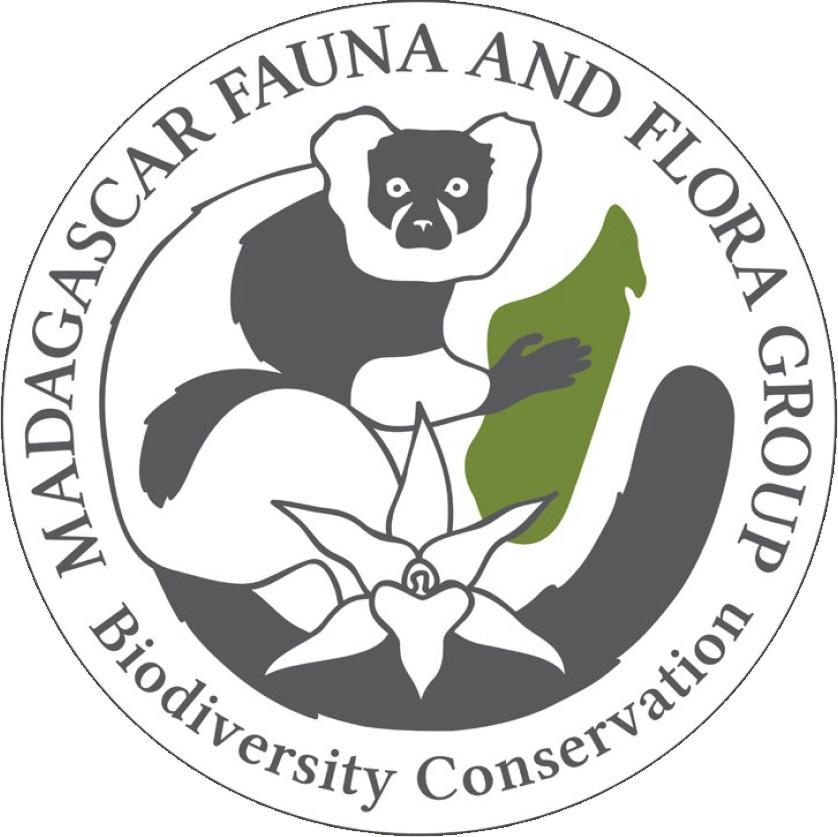
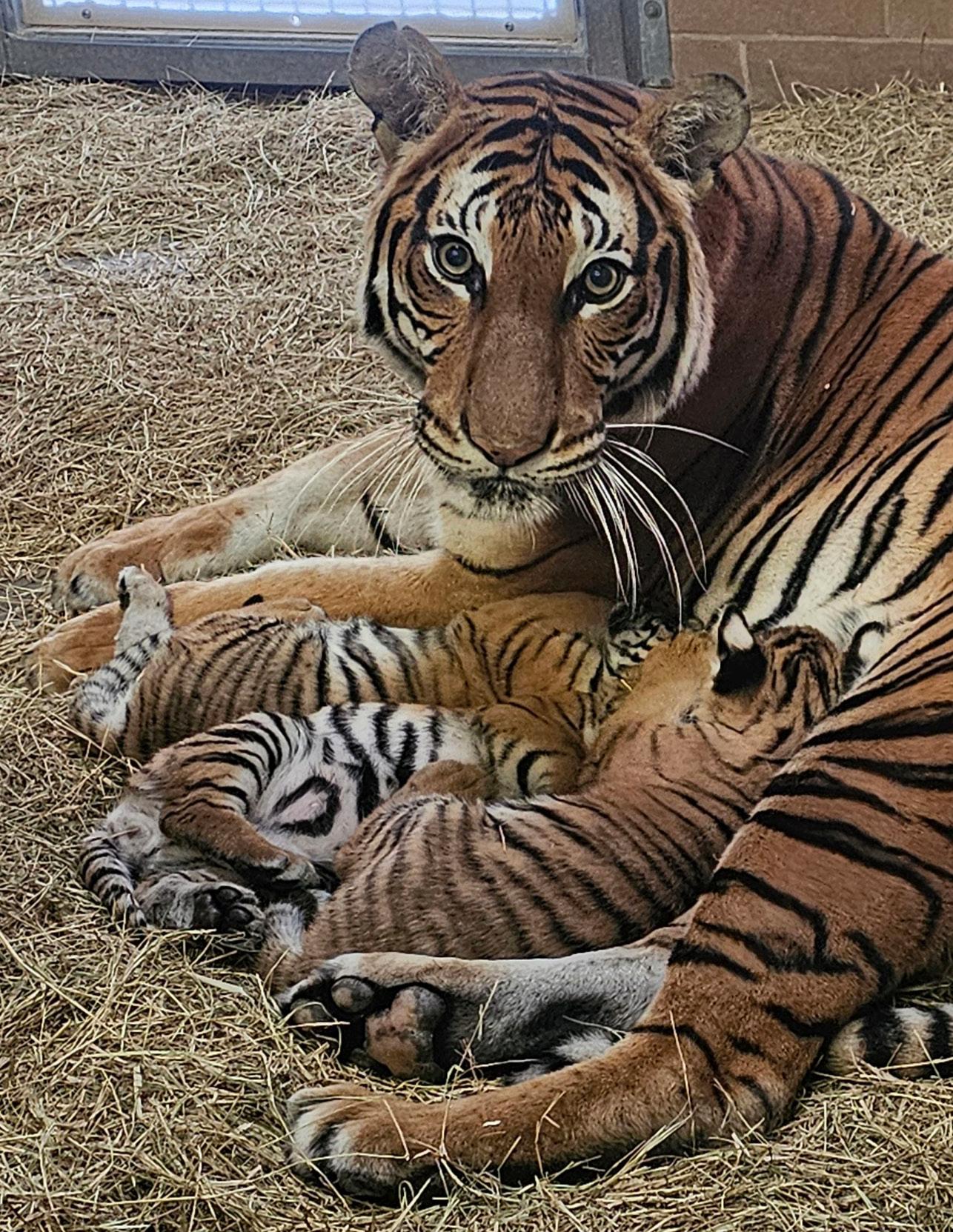

Malayan tiger Cinta and her three cubs are growing right along! The cubs, born November 5, 2023, are Cinta's second litter and her first born at Jacksonville Zoo and Gardens. Cinta has been an amazing mother to her son Machli and daughters Beppy and Mina. Mina experienced a broken leg shortly after birth, which required extra TLC from Cinta and Animal Care teams. Dr. Steven Neihaus and Elite Veterinary Surgery of Florida graciously assisted Mina's treatments and surgery.
The physical and psychological needs of each tiger are considered when separating Mina for treatment. Cinta gets “breaks” multiple times each day when she has access to the habitat and trail while her cubs nap inside. Cinta is monitored and reunited with cubs when behaviors indicate she is ready. This part of her routine facilitates Mina's treatments. Even after Mina reunites with her siblings, Cinta often chooses to take more time to herself before returning to the cubs. She is not aware when one of her cubs is gone to avoid the stress of separation.
Male tiger Bashir is also part of the growing process, but from afar. Tigers are typically solitary. Male and female tigers living in nature often only interact for breeding purposes. While Bashir cannot safely share space with the cubs, he can see them at various times each day.
The cubs have become “chatty” like their father, with excited chuffing sessions often happening when all five tigers can see each other.
The cubs are slowly introduced to new enrichment items, which are things that promote natural behaviors and support mental and physical wellbeing. Items must be safe for Cinta and the cubs, especially considering Mina’s medical needs. Their first enrichment items included scents or spices, plant branches with leaves and music or sounds of other animal species. As they grew bigger and more mobile, toys were offered including hard hats, boomer balls and other durable plastic toys specifically designed for wild felids. The Zoo’s website includes an enrichment wishlist for tiger champions interested in donating new toys for the tiger cubs and parents.
They are developing individual personalities. Machli enjoys watching his dad Bashir eating breakfast. Beppy is the most vocal about feeding time. Mina is most interested in Animal Care Specialists and usually the first to approach, occasionally with a “chuff” greeting. And now Zoo guests can watch the growing cubs in person!
Due to deforestation and poaching in the wild, there are under two hundred Malayan tigers left in the wild, so each one in human care is an important ambassador for the species. Part of each admission supports Jacksonville Zoo and Gardens' anti-poaching unit in Indonesia, which protects wildlife and human communities in and near Malayan tiger habitat.
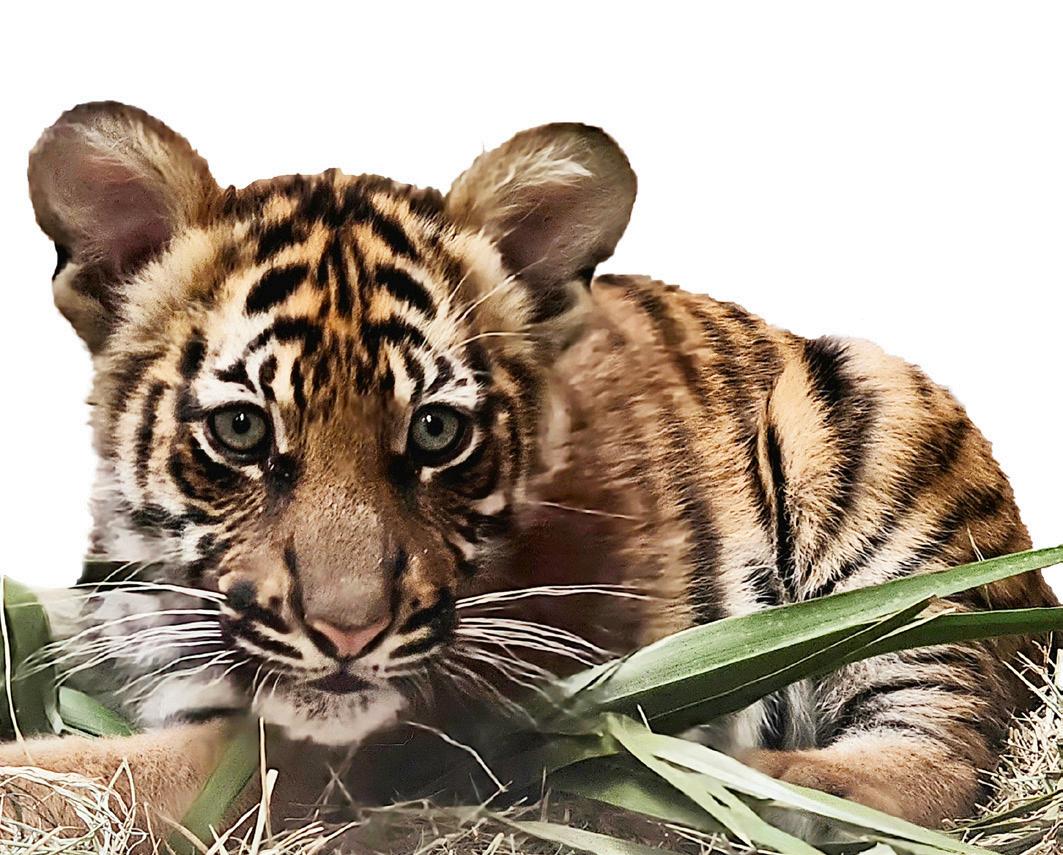

DIGITAL SCAVENGER HUNT
Interactive fun creates a curiosity for learning. As Nature Agents, you can discover, learn and bond together on a digital scavenger hunt using the NEW Explorer Quest app!


DOWNLOAD EXPLORER QUEST
APP MANUALLY OR SCAN

Tiger cubs battling fiercely, a tortoise chomping down on a hibiscus bloom, a pile of lemurs snoozing blissfully—there is so much to enjoy behind those habitat windows. As you move from one exhibit to another, what do you take notice of? Whether you are conscious of it or not, the serenity of the nature surrounding you has a huge effect on shaping the atmosphere of the park. How often do you pause to appreciate the intricate details of the landscape?
By Patrick Kelly, Horticulture Technician 2
After you finish saying your hellos to the bonobos in Primate Forest, turn to your left and you can spot the "Circle of Friends" pot underneath the trail. Inside this pot, you will find a colorful blushing bromeliad, or Neoregelia carolinea, as well as a leatherleaf fern. Leatherleaf ferns, or Rumohra adiantiformis, are native to South Africa but grow well here in Florida without being invasive. The leatherleaf fern got its name from its ability to avoid wilting, making it a great source of attractive foliage in flower arrangements.
Riverview Garden has no exhibits, but it is bustling with life! This garden is filled with unique pollinator attracting plants and striking blooms. While many of the plants are Florida native species, there are a few exotic specimens. Towards the start of the loop is a notable example, where you will find Eranthemum pulchellum, commonly called blue sage, which is a species native to India. “Pulchellum” is a Latin word meaning beautiful, and it is easy to see why with its bright gentian blue flowers that will bloom through the darkest days of the year. It also has a more subtly striking feature of green-and-white veining on its bracts (protective modified leaves around flowers).
Next time you visit Banks in Range of the Jaguar, look up! This garden is a wonderland of bromeliads. You may have noticed many different bromeliads mounted up in trees throughout the Zoo. Most Bromeliads are epiphytic, meaning they anchor onto another plant without forming a parasitic relationship, gaining most of their nutrients from rainfall or debris. We can safely mount bromeliads on our incredibly old, very loved oak trees without worrying about their health.
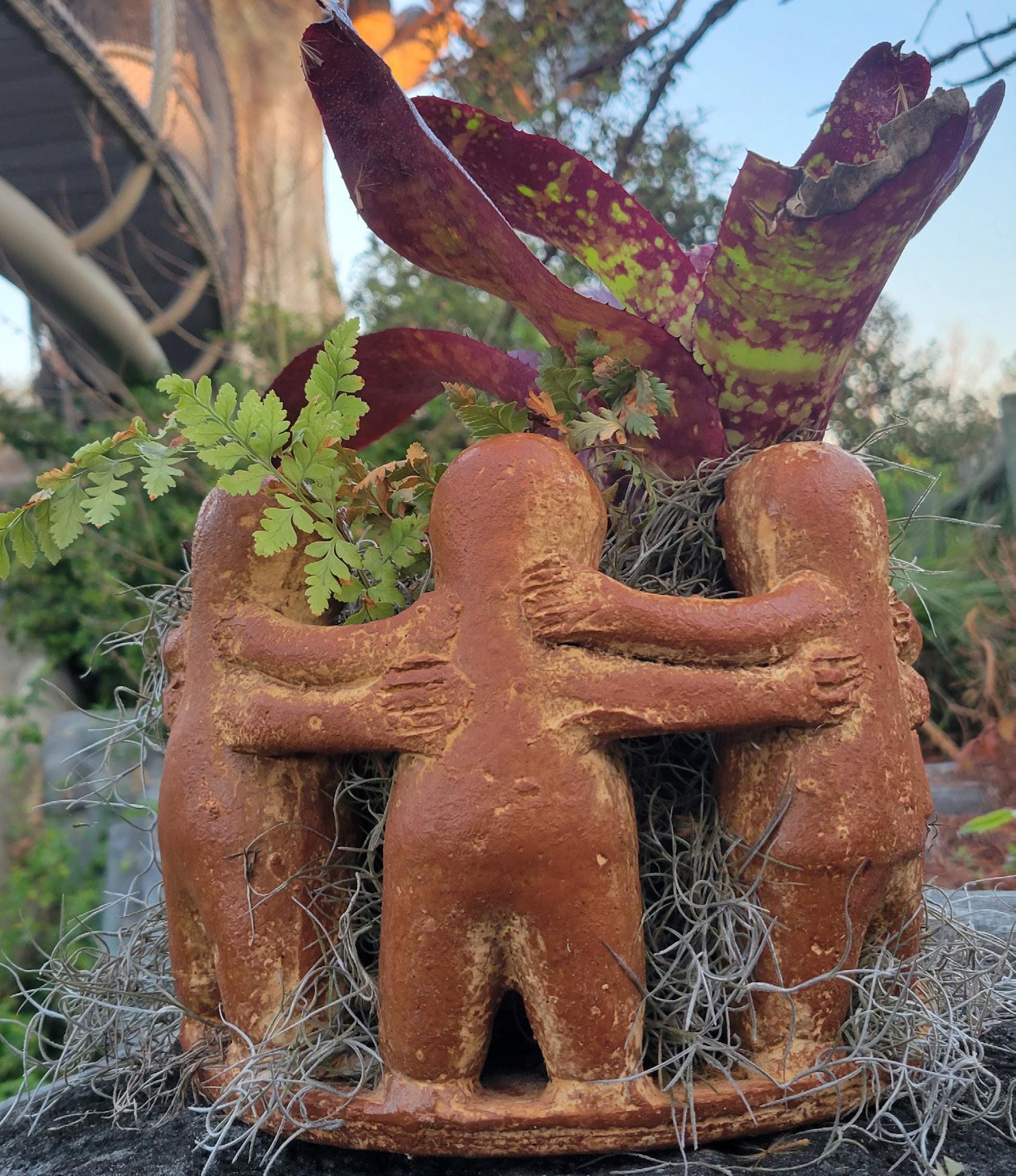
Each plant plays a special role in fostering a harmonious and dynamic environment here at the Zoo for our animals, employees and guests alike. Most of the plants in North Florida are seasonal. Take a closer look at your next visit to the park; you will elevate your experience. That green bush you saw last time may even look completely different.
Don't spend your summer bored at home! Come spend it with us at the Zoo. Three weekly themes that all include animal encounters, games, crafts, guided Zoo walks and behind-the-scenes tours! Sign Up
This class engages you and your child in unstructured free choice play followed by a song and story! Programs will also feature a positive and engaging interaction with one of the Zoo's Animal Ambassadors to allow for an up-close encounter during each class. Sign Up
Focusing on specific animal themes to engage your preschooler as he or she learns about the natural world, each program emphasizes positive and engaging interactions with animals, activities, storybooks, songs and more! Sign Up
This class meets monthly on Tuesdays and Saturdays. Pack your little one up in a stroller and join us for an educational and fun stroll through the Zoo. Sign Up
Zoo Camps and Family early childhood programs are presented by Florida Prepaid
Our partner Florida Prepaid is offering Members of Jacksonville Zoo and Gardens the lowest prices in a decade! You can start saving for your child’s future today –plans start at just $34 per month. Enroll by April 30.
Florida Prepaid College Savings Plans

Technology means that more people can make pleasing images with less training or experience than ever before. Is that ruining photography? Not really. Photography is more than pushing a button. First and foremost, it is “seeing.” This sounds obvious. Everybody “sees.” Maybe in the Webster’s Dictionary sense this is true, but not in the photographic sense. Everybody indeed “looks” but not everybody sees, and of the ones who do see, often they all don’t see the same thing.
We’ve all been somewhere where you’re surrounded by many others taking photos. You’re all looking at the same scene. Everybody will capture an image if they trip the shutter, but the results will not be the same. Some will blast off a couple of shots, then pack up and move to the next spot. Nothing wrong with that. If that gives them joy, that’s enough. Others may spend time exploring breaking the rules of composition, or exposure, or focus, or anything else. They’ll play that scene and probe it a little deeper. They will still see the same scene as the others around them. They too will make some wonderful images. Both examples have looked. Some may have “seen” and some have not.
The shades of difference are subtle. Someone who was there before everybody else and often still there when everybody else leaves is “looking to see.” This person will vary the way he or she examines the scene. There are numerous ways to do this and some, or all of
them, may be tried: raise the tripod, lower it, move to the left, move to the right, try a polarizer, use a different focal length lens, maybe try fill flash, use selective focus, overexpose, underexpose, zoom in on a tiny detail overlooked by others, zoom out for an overview overlooked by others, watch the bird until it lifts off, wait until the shadow is just where it’s wanted, and so on. The list is endless. This person will likely recognize how the light will change as time passes and either know when to wait or know when it’s probably over for that spot. This person sees at a deeper level.
Make no mistake, it’s not all equipment related. How many times have you heard someone say “Wow, that’s really a beautiful photo. You must have a great camera.” Doesn’t that fry you? It’s not the camera that sees! The camera doesn’t have to cost thousands of dollars. It’s how you use the tool that matters. It’s what’s in your head and your heart, not your bank account that makes a difference. This gets us back to the point of beginning. The camera, the technology, only captures what’s in front of it. That’s all. It can’t visualize. It can’t imagine. It can’t appreciate. These are all the things a photographer brings to the party. There is no “auto” setting for imagination or creativity. The photo accompanying this article was created after watching closely and trying several different camera settings and positions before it revealed itself.

Spring is in the air and flowers can be seen throughout all of our gardens.

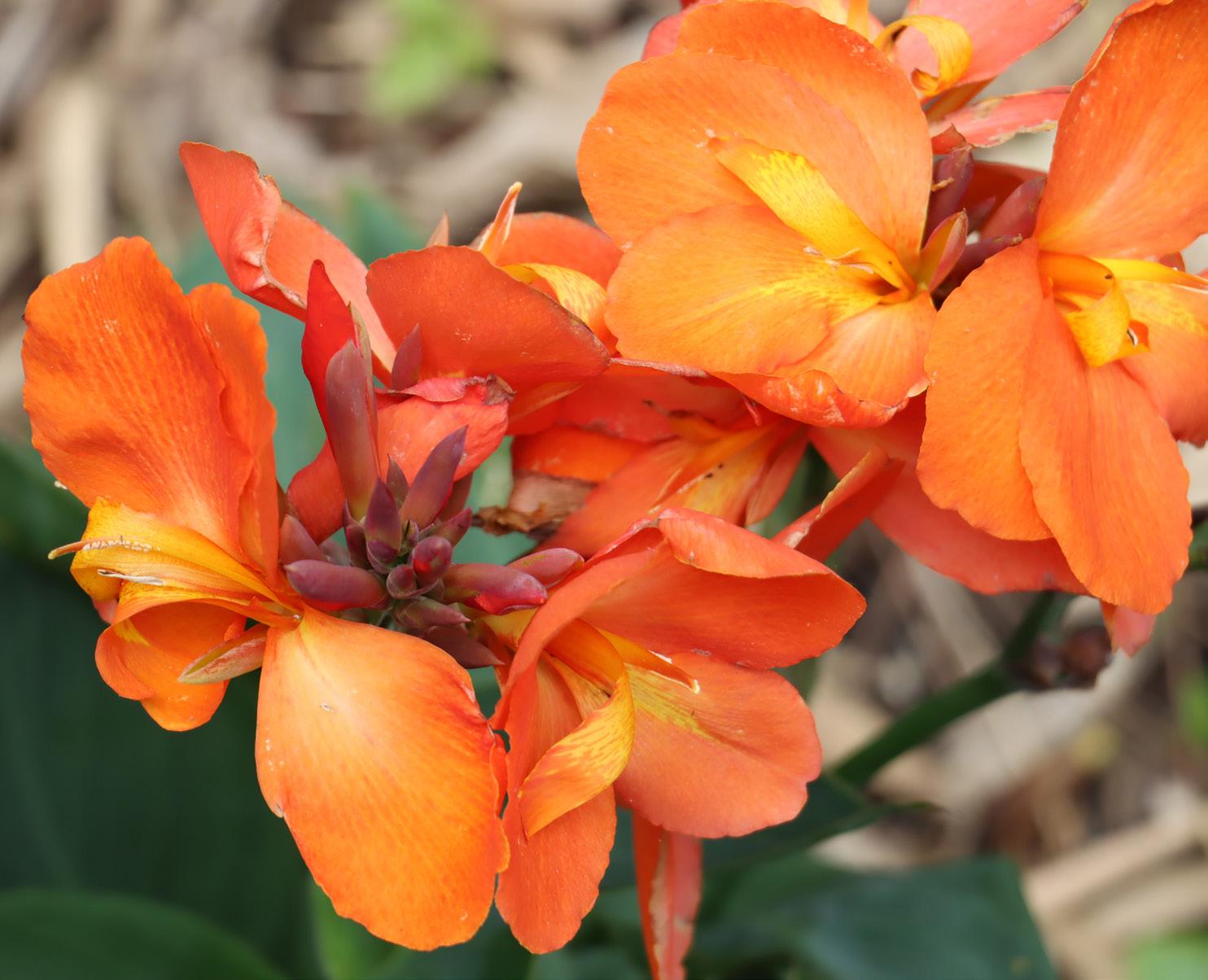

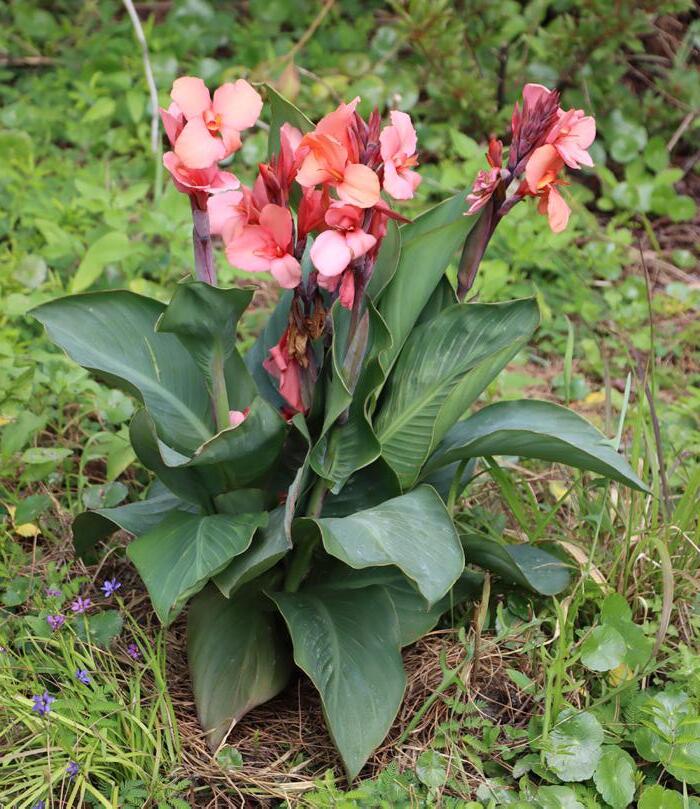


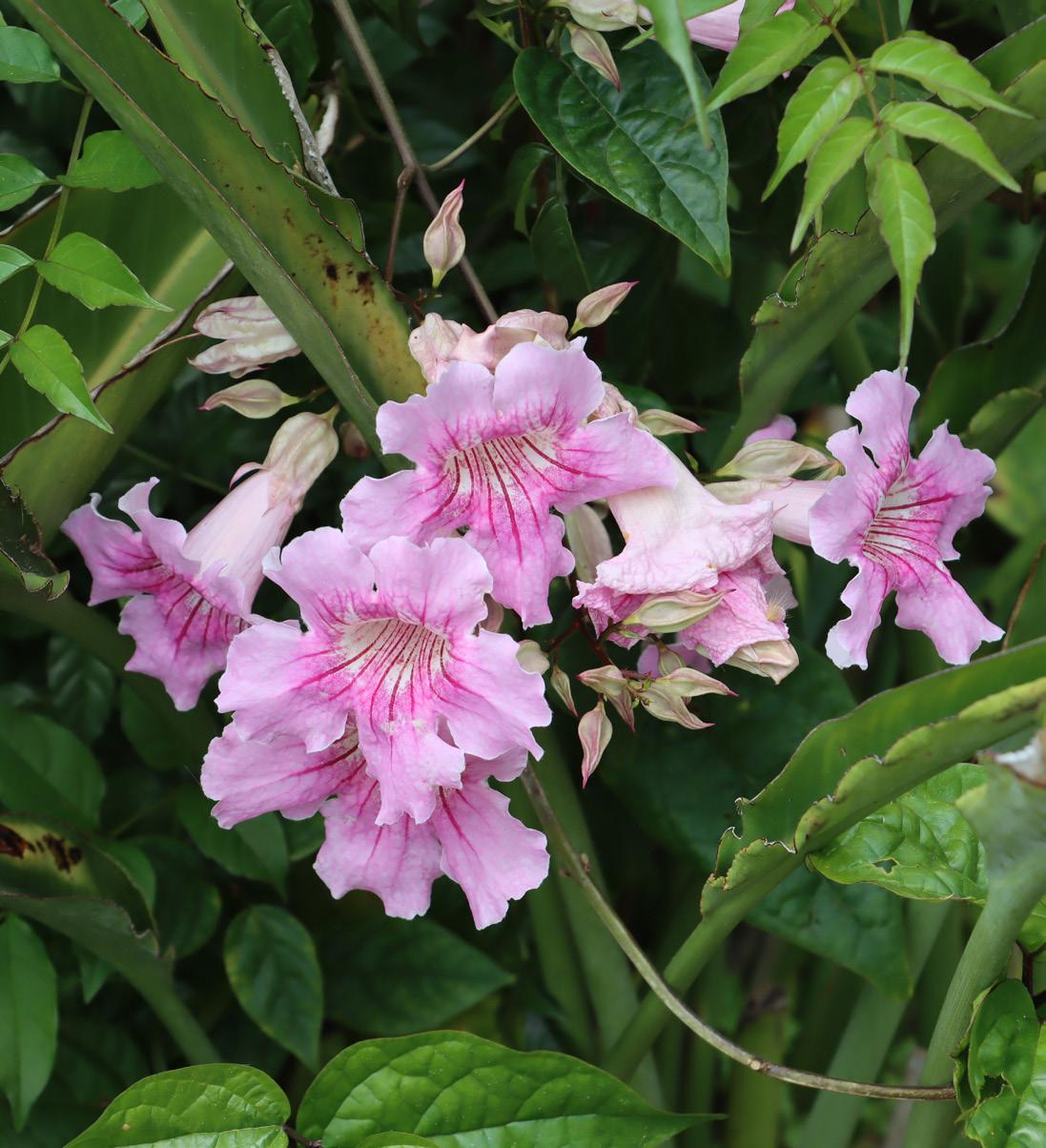
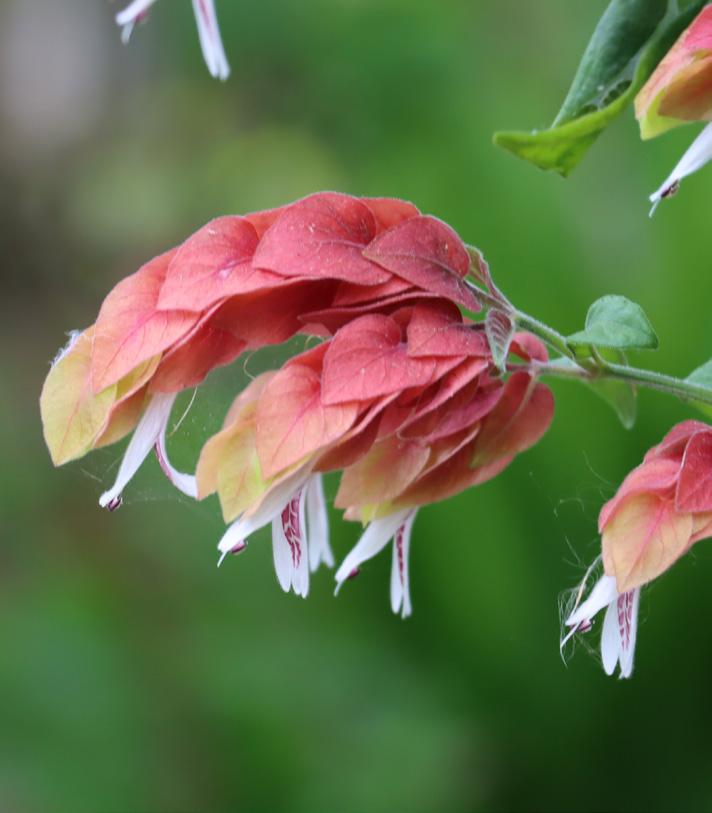
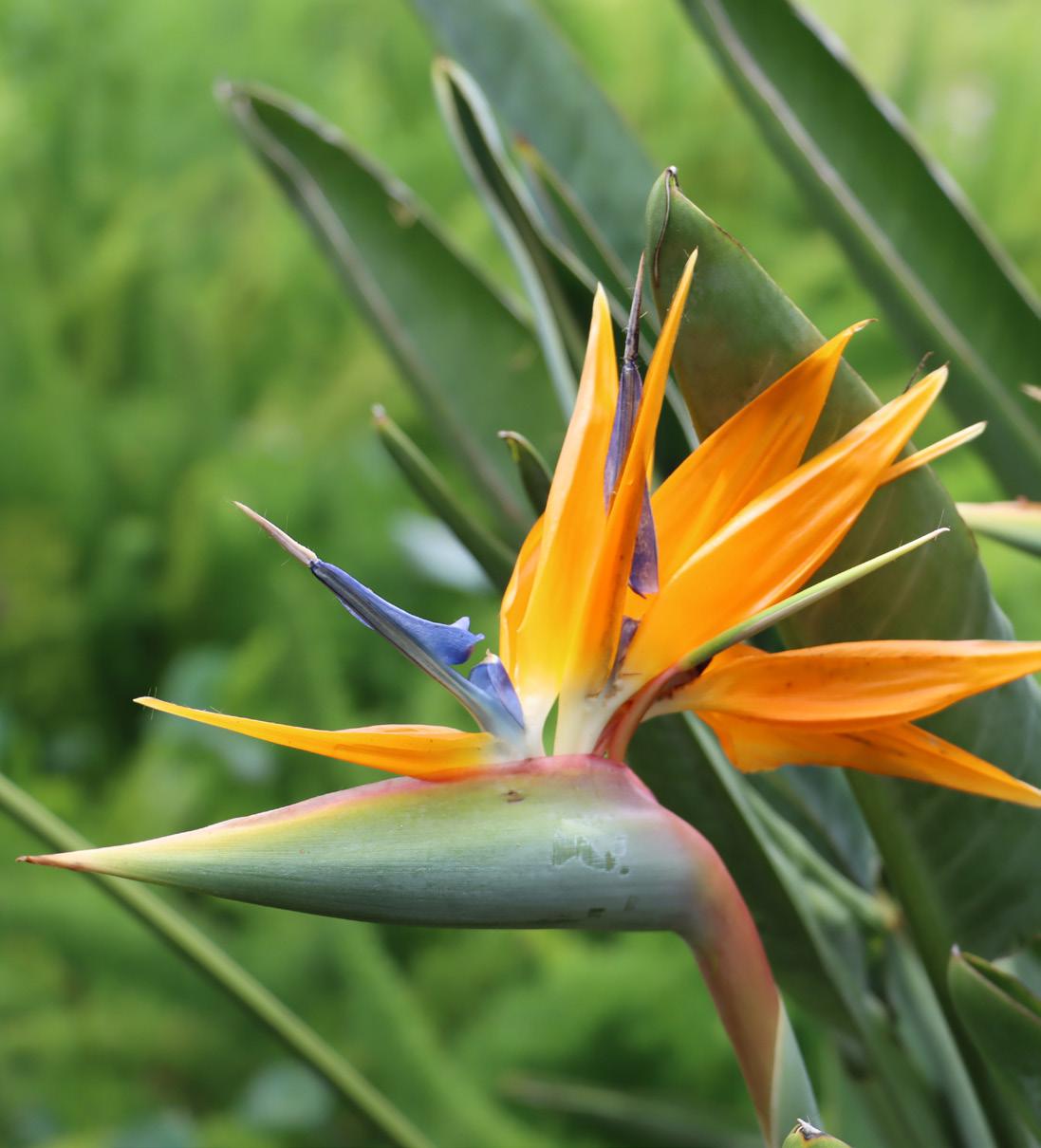
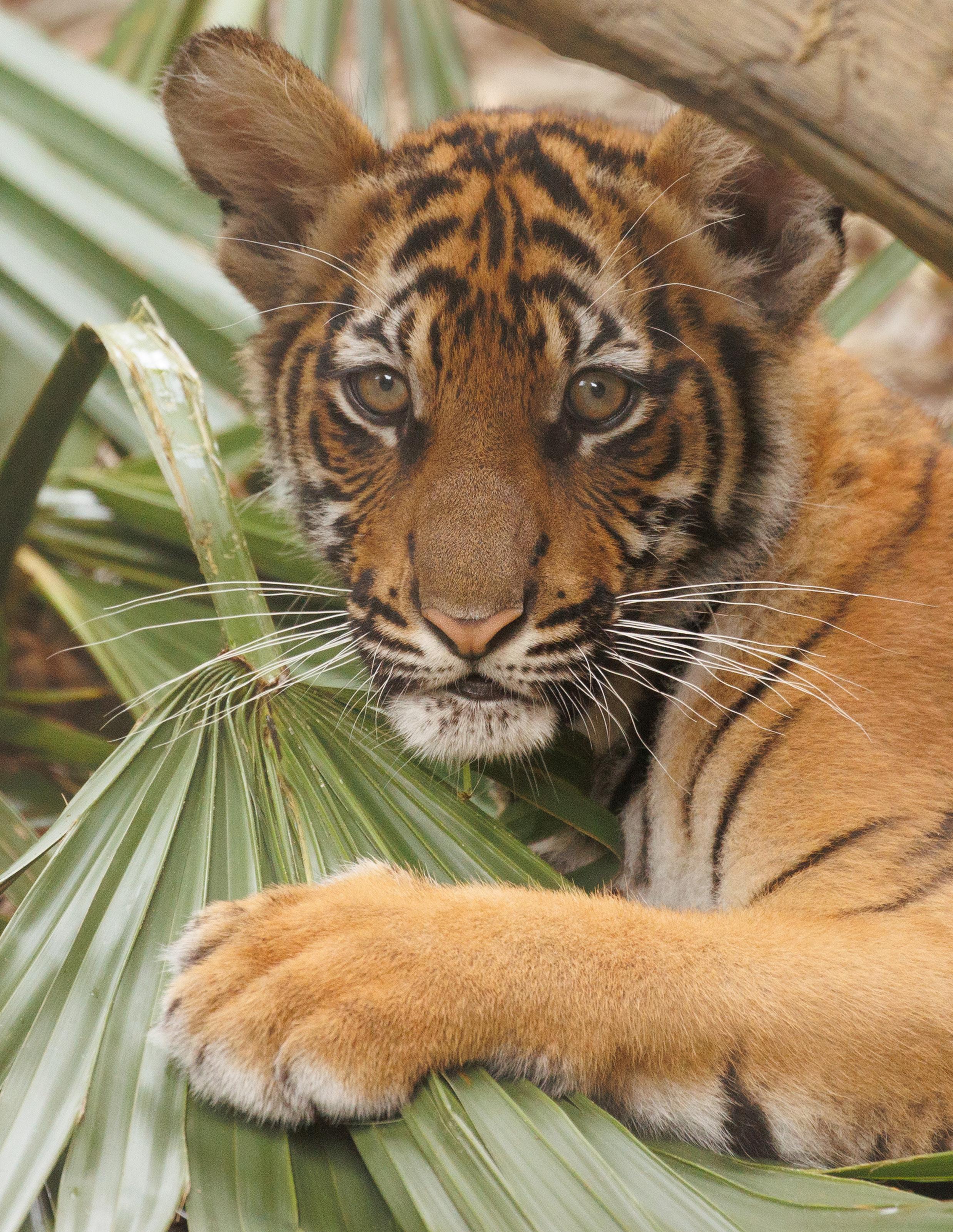 Photo: John Reed
Photo: John Reed